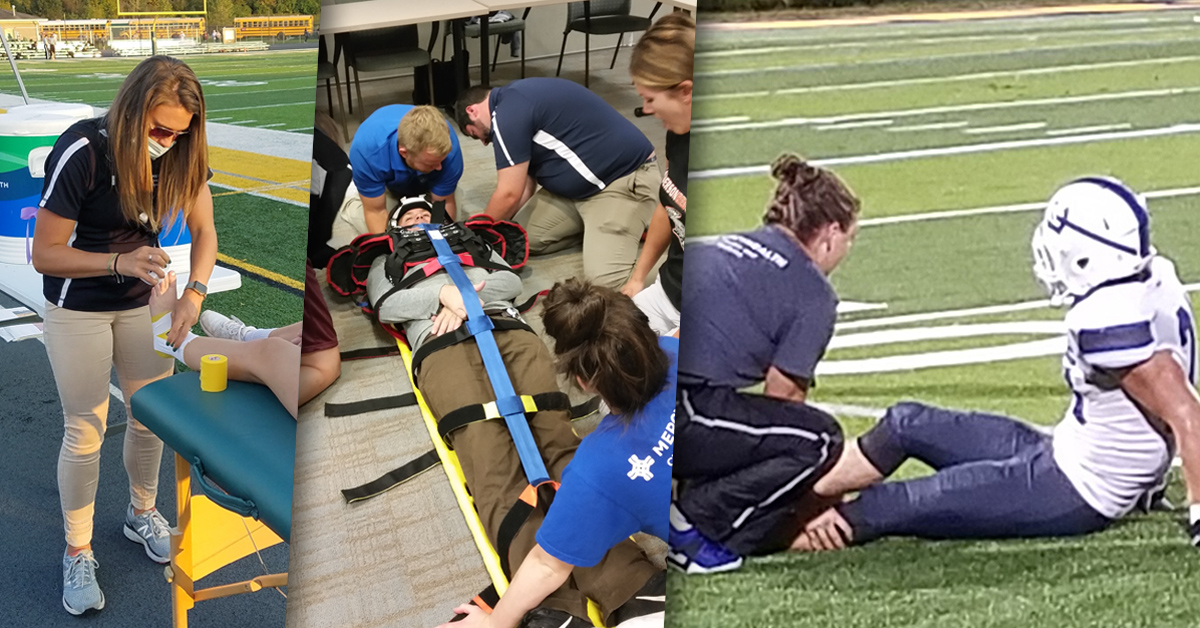No surgery required: try these five options to help with back problems
If your back discomfort lasts longer than three months, it’s called chronic pain. Your pain may go away for a short while, then return. Chronic back pain is common, and causes include age, injury, nerve pain or spine disc problems. It’s also possible you have a mild bulging disc. This means a vertebrae disc in your spine flattens. This sometimes heals on its own. Fortunately, surgery isn’t the only answer for minor back problems. These treatments may help reduce your back pain without the need for surgery.
Lifestyle changes
Changing or try simple habits can heal your back pain. Before considering other options, try the following for relief:
- Sit less
- Stand more
- Ice the pain
- Heat the pain
- Carry lighter loads
- Maintain good posture
- Lose weight to limit stress on your spine
- Stretch more to keep your joints flexible and prevent injury
- Lift items from the floor with your knees bent to take the stress off your back
- Exercise to keep the muscles of your back strong and able to support your body weight
Other lifestyle changes include eliminating processed and fatty foods. These may cause inflammation within your body, which can create swelling and pain. Give up smoking, too, as nicotine worsens pain and delays the healing process in your body.
Physical therapy
Your doctor may recommend physical therapy for your back pain. A physical therapist works with you to strengthen your back through exercise. Your physical therapist teaches you how to do exercises for back problems, which may include:
- Stretching
- Aerobic exercise
- Posture correction
- Core strengthening
- Flexibility exercises
Physical therapy treatment usually lasts a few weeks to a few months. To see faster improvement, your therapist might suggest doing certain exercises at home.
Alternative treatments
Adding another layer of treatment with conventional treatment could help. Acupuncture, massage, electrical nerve simulation and laser therapy are nonsurgical treatments that may help chronic back pain. You can also see a specialist called a chiropractor. This professional uses their hands and equipment to help align your spine. You might need to try out a combination of treatments to see what works best for you.
Helpful medications
Many people turn to medications for back pain. This isn’t ideal for long-term use. There are too many risks, such as addiction or damage to your stomach, for example. For short-term relief, anti-inflammatory drugs and muscle relaxants can help. Even some over-the-counter pain medication can help mild back discomfort.
Injection treatments
Is your pain more than mild and nothing has helped? A steroid injection may be the answer for you. Steroid injections can relieve certain back problems, like sciatica. This is pain resulting from an irritated nerve in the spine. Steroids are anti-inflammatory drugs that reduce swelling around a nerve. Your doctor gives you a steroid shot in a targeted area to reduce inflammation.
When you need surgery
If these non-surgical treatments have failed and you’re still in pain, it doesn’t mean back surgery is right for you. Surgery is only recommended if there’s a diagnosed cause of pain. There are only two things back surgery can do. It can decompress a nerve root. It can also stabilize a painful segment of your back. If your doctor can identify the exact problem, then you may be a candidate for back surgery.
Consult a surgeon if you’re still in pain after 12 weeks of non-surgical treatments. Talk to an orthopedic spine surgeon or a neurosurgeon who does spine surgery.
Want to know more about non-surgical options for your back pain? Visit Mercy.com to make an appointment with a primary care doctor. You can also talk with a back pain specialist to learn more about helpful treatments.






